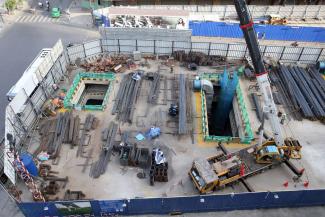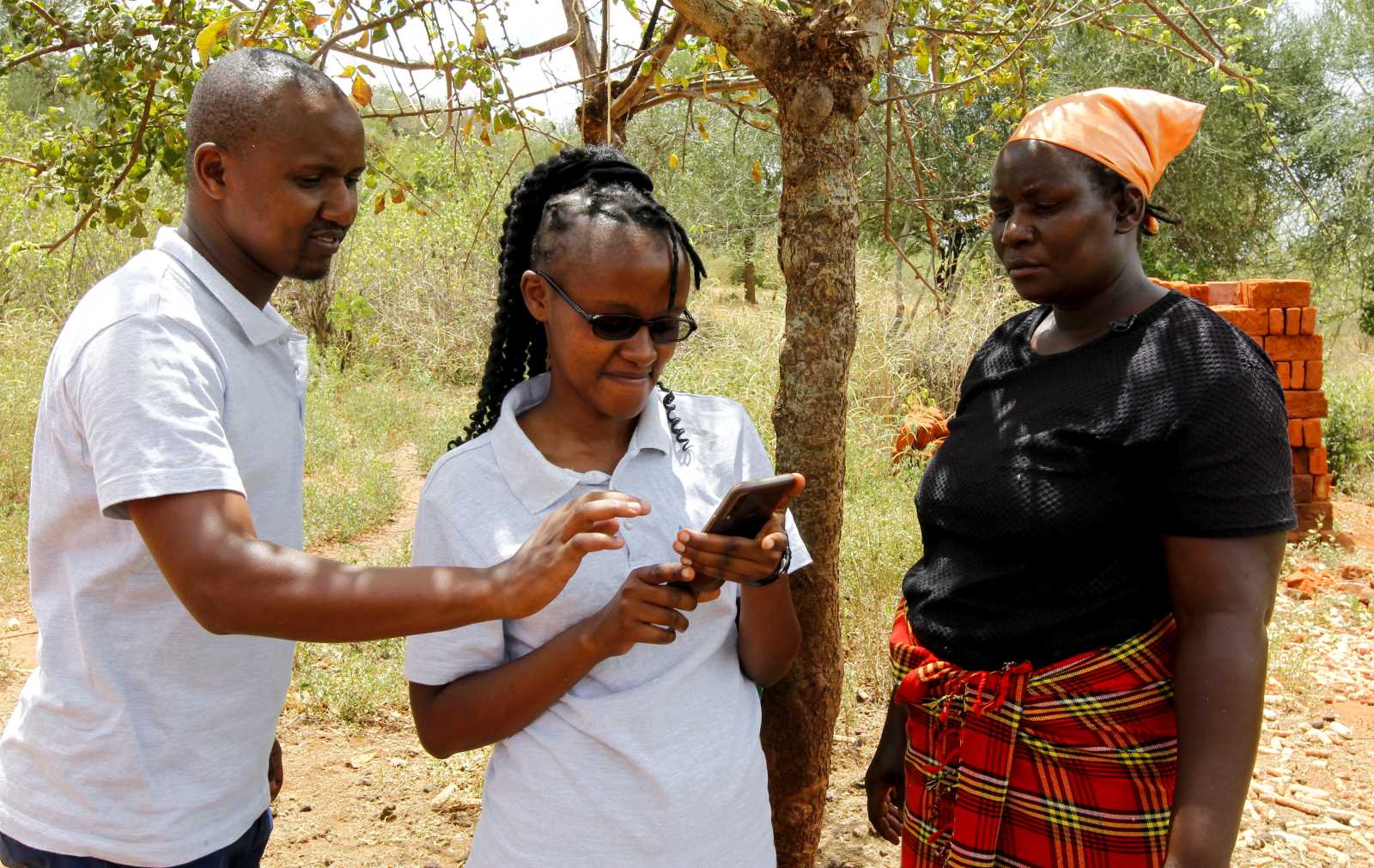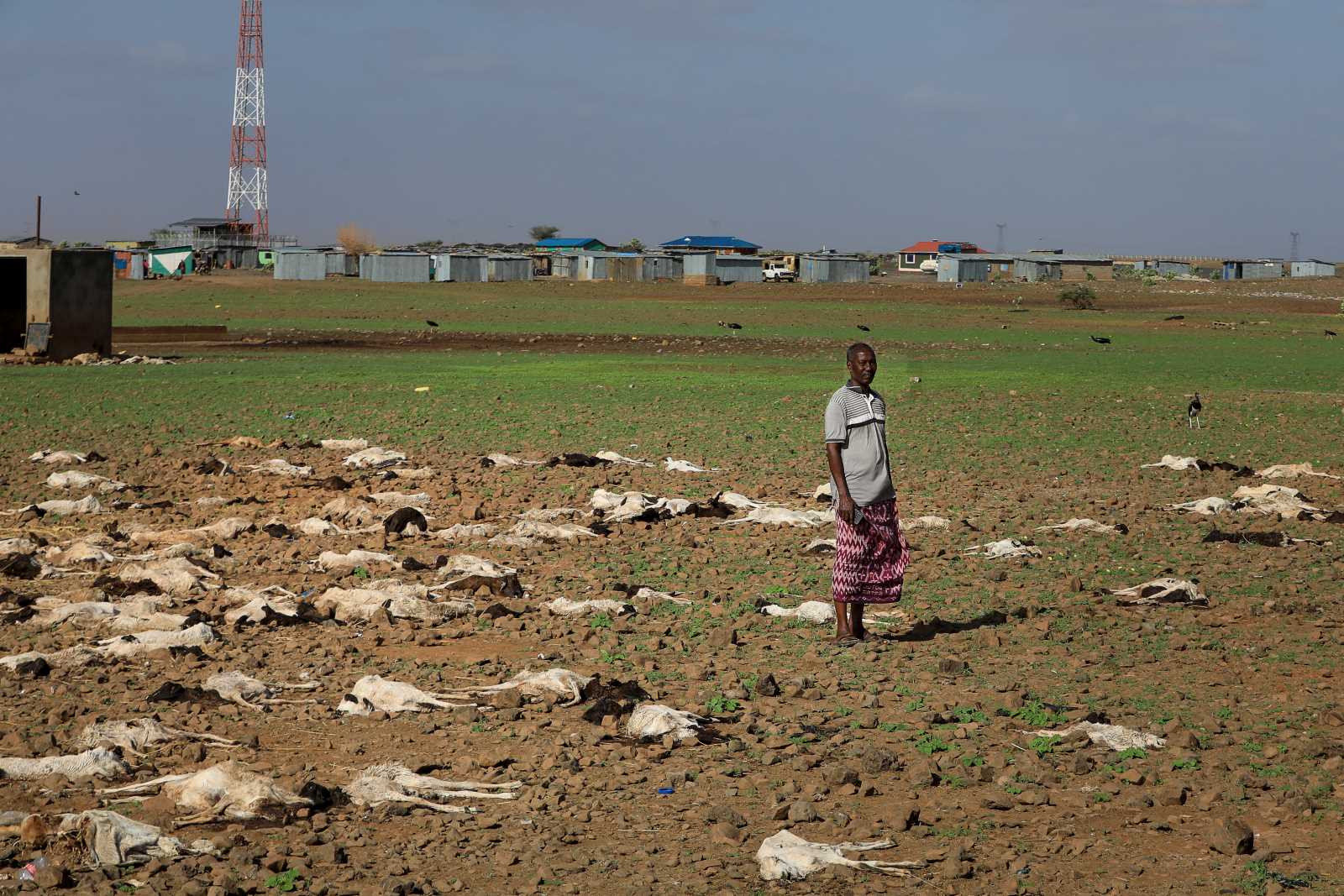Private sector engagement
Fifty metro lines per year

In Asia alone, up to $ 100 billion are needed annually for public transport infrastructure, according to James Leather of the Asian Development Bank (ADB). Some 50 metro lines must be built each year to meet the needs of ever more city dwellers, he estimates: “The need for private-sector investment is huge.” One positive example he mentioned at the KfW’s Development Finance Forum in Frankfurt in December is Bangkok. The Thai capital used PPPs to build mass transit trains and toll roads. “The government would not have done it alone,” Leather says.
Latin America needs more and better transport infrastructure too. “In Brazil, we have to more than double it,” says Anie Amicci of the Brazilian development bank BNDES. Private-sector contributions are essential, she says, but admits that “the environment for investing is difficult”. The tram in Rio de Janeiro (see KfW supplement in D+C/E+Z print issue 2018/09-10) is a best practice PPP. Nonetheless, it is difficult to replicate, because the private sector wants more guarantees than municipal authorities offer so far. She sees big challenges that the government must rise to. In her eyes, an appropriate regulatory framework is needed: “We are establishing transport authorities, at the national and metropolitan level, that have a good overview of the system.” They will have their work cut out for them, as informal transport needs to be formalised. Moreover, a coherent system of fare prices is needed for all modes of transport. Another issues is that “the urban mobility sector needs subsidies, because fares will never cover the costs in Brazil.”
Reinhard Fitz works for Doppelmayr, an Austrian cable-car constructor, which built local-transport infrastructure in Bolivia’s capital La Paz and other agglomerations in mountain areas. In his eyes, “a strong partnership” is key for investors. “We need reliable cooperation; the government should be involved from the beginning,” he says. His company wants warrants that subsidies will flow should revenues drop below a certain level. On the other hand, the partners from the public and private sectors should share revenues if they top a certain level. He also points out that the pre-project phases are costly and wants state agencies to invest in feasibility studies and related matters.
His view is not commonly shared in Latin America, as Paloma Ruiz of the Latin American development bank Corporación Andina de Fomento (CAF) reports: “Urban transport is not seen as a public service.” Therefore, subsidies are the exception in Latin America. Ruiz calls for a change of mind: “The car is not the queen anymore”, and “improving transportation is part of improving the quality of life”. In Lima, for instance, where there is almost no mass transport, the middle and upper classes are increasingly forced to use bicycles, she says, because congestion is terrible and bikes are faster than cars. Ruiz demands to improve the conditions for pedestrians. Moreover, she calls for metro lines and BRT (bus rapid transit) systems (see Nicholas Hollmann in D+C/E+Z e-Paper 2016/10, focus section) in big cities. “It is a big development challenge,” she concludes.












